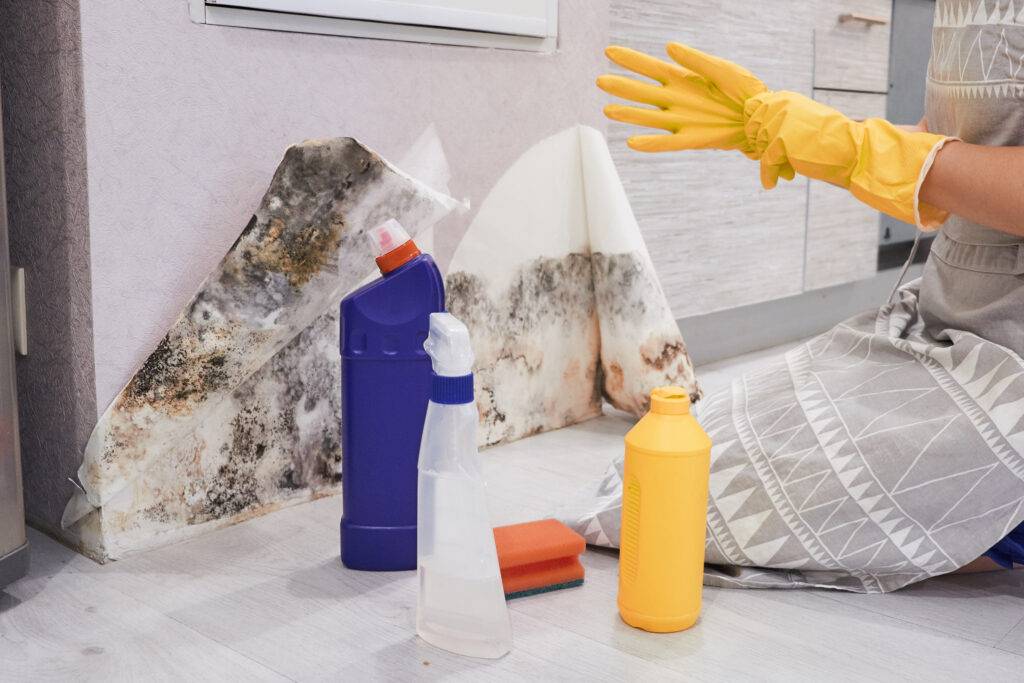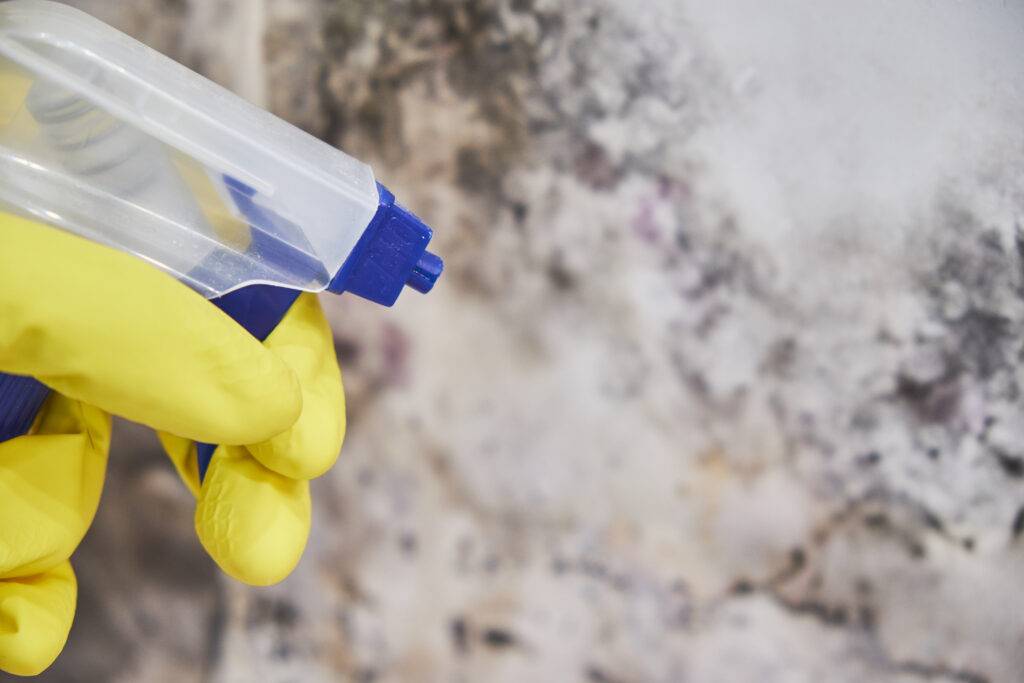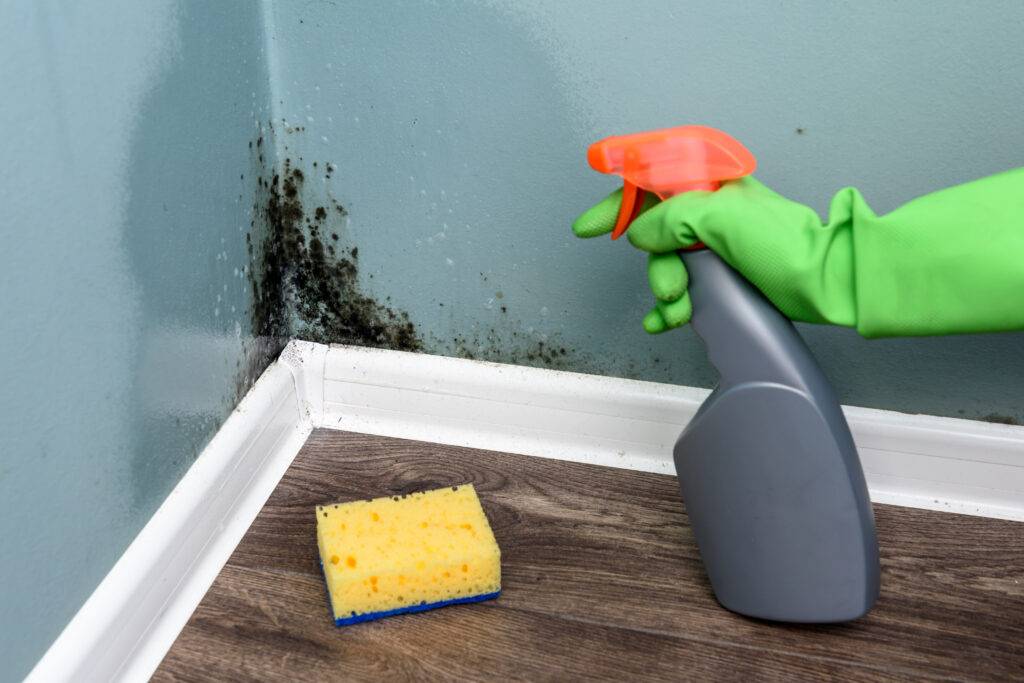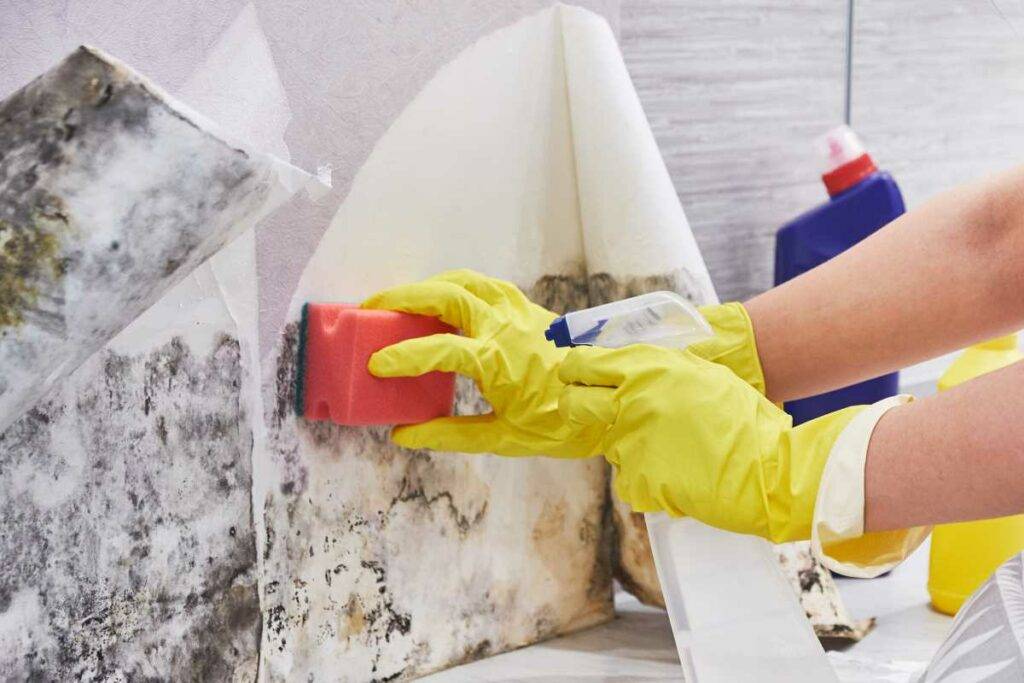Mold is one of those sneaky household problems that can catch you off guard, and when it does, it can lead to serious health risks. I know this because I went through it myself. A faint musty odor in my basement was my first clue that something was wrong. What started as a subtle hint soon led me down a path of discovery, uncovering hidden mold and learning how to address it.
How to Get Rid of Mold?

These are the steps I took to fix the problem, ensuring that my home was safe for my family.
The Hidden Threat of Mold
I remember the day I first noticed the smell. It wasn’t overpowering, but it was there, lingering in the air. At first, I thought it was just the usual scent of a closed basement, but over time, it became more noticeable. As a public health expert, I knew that any persistent musty odor could be a sign of mold. I couldn’t ignore it.
I began my investigation by checking common areas where moisture might accumulate. The basement walls, around the laundry room, and even the corners of the bathroom. It wasn’t long before I found the culprit: a small, barely visible patch of mold on the basement wall. This discovery sent me into research mode, determined to fix the problem before it got worse.
My Research on Mold Removal

To effectively tackle the mold problem, I needed to understand its root causes. Mold thrives in damp, humid environments, and my first task was to find the source of moisture. In my case, the basement wall had a slight leak, allowing water to seep in from outside. This was enough to create the perfect breeding ground for mold.
Armed with this knowledge, I knew I had to address the moisture issue before I could deal with the mold itself. I hired a professional to fix the leak and waterproof the basement wall. With the source of moisture taken care of, I could focus on removing the mold and ensuring it wouldn’t come back.
Removing Process of Mold
After fixing the leak, I had to remove the mold-contaminated materials. This was no small task. I had to wear protective gear, including gloves, goggles, and a mask, to avoid exposure to mold spores. I removed the affected section of the basement wall, which included drywall and insulation, and properly disposed of them. It was a challenging job, but it had to be done to ensure the safety of my home.
Once the contaminated materials were removed, I cleaned and disinfected the area. I used a bleach solution to kill any remaining mold and ensured proper ventilation during the process. I had fans running and windows open to keep the air flowing, which helped to reduce the risk of inhaling mold spores. The cleaning process took several days, but it was worth it to make sure the mold was completely gone.
Implementing Long-Term Solutions

With the mold removed and the area thoroughly cleaned, my next step was to implement long-term solutions to prevent mold from returning. I installed an exhaust fan in the bathroom and a dehumidifier in the basement to control moisture levels. I also began regularly checking for signs of leaks or water damage, making sure to address any issues immediately.
To further reduce the risk of mold, I improved ventilation throughout the house. This involved ensuring that my gutters and downspouts were clear and directing water away from the house. I also inspected the roof to ensure there were no weak spots that could lead to leaks in the future. By taking these preventive measures, I was able to create an environment where mold couldn’t thrive.
One additional step I took was to use a high-efficiency particulate air (HEPA) filter in my HVAC system. This helped capture any lingering mold spores in the air and improved the overall air quality in my home. Regular maintenance of the HVAC system, including changing filters and cleaning ducts, became part of my routine to ensure that mold wouldn’t find its way back.
You can learn about Cleaning a Dirty Dishwasher here
Conclusion
Dealing with mold was a challenging experience, but I learned a lot along the way. It’s not just about removing the visible mold; it’s about addressing the root cause and taking steps to prevent it from coming back. As a public health expert, I know how important it is to keep your home safe and healthy. If you suspect mold in your own home, don’t hesitate to take action. The longer you wait, the worse the problem can become.
With the steps I took, I was able to restore my home to a healthy condition and protect my family from the risks of mold. This experience taught me the importance of regular home maintenance and staying vigilant for any signs of moisture or water damage. By addressing problems early, you can avoid more significant issues down the line.
I hope my experience helps you do the same. If you have any questions or concerns about mold, feel free to reach out to a professional for advice and assistance. Remember, your health and safety are worth the effort. You can also read about ways to get rid of Roaches.
How can I detect mold if I don’t see it?
Detecting mold isn’t always easy, especially when it’s hidden behind walls or in other concealed areas. One of the first signs is a musty odor, which indicates mold might be present. You can also look for signs of water damage, like discoloration or peeling paint. If you’re unsure, consider using a moisture meter to check for damp areas or hire a professional to conduct an inspection.
Can I remove the mold myself, or should I hire a professional?
For small areas of mold on non-porous surfaces, you can often clean it yourself with the right protective gear and cleaning solutions. However, if the mold is extensive or in porous materials like drywall, it’s best to hire a professional. They have the equipment and expertise to safely remove the mold and prevent it from spreading further.
What steps can I take to prevent mold from coming back?
To prevent mold from returning, focus on controlling moisture and improving ventilation. Regularly inspect your home for leaks and address any issues promptly. Use exhaust fans in high-moisture areas like bathrooms and kitchens, and consider installing dehumidifiers in damp spaces like basements. Consistent maintenance and proper ventilation are essential to keeping mold at bay.
With these tips and my own experience as a guide, you can effectively tackle mold and keep your home healthy. If you have any concerns, don’t hesitate to seek professional help. Your health and safety are worth it.
Disclaimer: This information is for general purposes only. Consult a professional for specific advice. See our terms and conditions for details.

